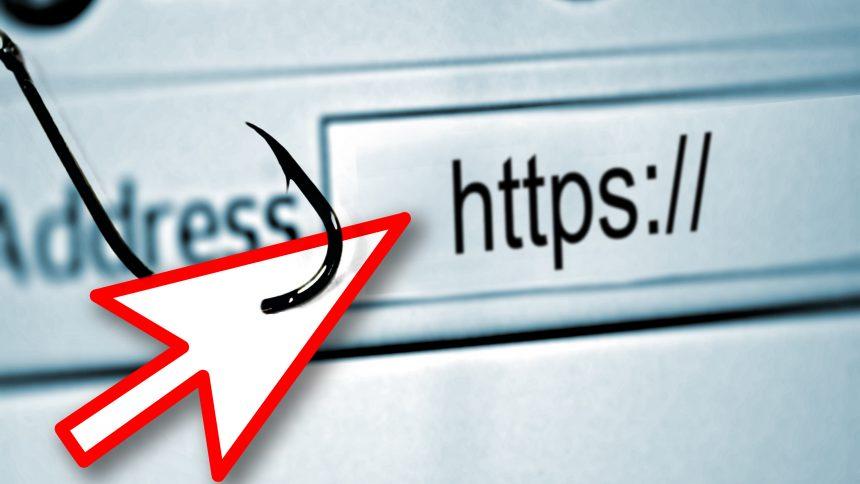Phishing is a form of cyber-attack where malicious actors impersonate legitimate entities to deceive individuals into revealing sensitive information or installing malware. These attacks often come in the form of emails that appear to be from trusted sources such as banks, email providers, or tech support teams. The primary aim is to exploit the recipient’s trust and obtain confidential data like login credentials, financial details, or install malware.
The Purpose and Threat of the cPanel – Server Glitch Scam
The specific phishing scam highlighted in the reference article involves an email purportedly sent by a server database administrator, claiming there is a “cPanel – Server Glitch.” The email aims to create a sense of urgency, prompting the recipient to take immediate action.
- Purpose of the Scam: The scam’s primary goal is to either extract sensitive information from the recipient or to install malware on their system. This could include keyloggers, ransomware, or other malicious software that compromises the victim’s data and system security.
- Infiltration Mechanism: This scam typically infiltrates systems through email. The message may include a link or attachment that, when clicked, leads to a fake website or downloads malware. The email often appears genuine, with a professional tone and legitimate-looking contact information.
- Threat to Infected Systems: Once the malware is installed, it can lead to a range of issues including unauthorized access to personal information, financial losses, and severe damage to system functionality. Ransomware can encrypt files and demand payment for their release, while keyloggers can capture sensitive information such as passwords and financial details.
- Threat to Individuals: Beyond financial loss, individuals may face identity theft, personal data breaches, and significant stress and inconvenience. The compromise of personal and professional information can have lasting repercussions.
Specifics of the cPanel – Server Glitch Scam
The phishing email associated with this scam appears to come from an email address like support@cpanel-server.com, which mimics a legitimate server support address. The email typically contains the following elements:
- Subject Line: Email suspension at server database
- Message Content: The email claims there is an issue with the recipient’s server account and requests immediate action to resolve it. Instructions often include clicking a link to a fake cPanel login page or downloading an attachment that contains malware.
Text presented in the “cPanel – Server Glitch” spam email letter:
Subject: Email suspension at server database
cPanel
Hello ********
Some of your incoming mails have been suspended in the email server database.
This was caused by a server glitch. Proceed below to receive your pending mail on
this account.
RECEIVE MAILS
Copyright ******** All rights reserved.
Reason for the Scam: The primary reason behind this scam is to trick users into revealing their cPanel login credentials or to download malicious software. The scam relies on creating a sense of urgency and authority to push users into taking hasty actions.
Common Reasons for Encountering This Scam
- Phishing Emails: Users might encounter such scams if their email addresses are publicly available or if they have been involved in previous data breaches.
- Technical Issues: Individuals who recently experienced technical problems or server issues may be more susceptible to believing the scam’s claims.
- Recent Account Activity: If users have recently interacted with similar services, they might be more likely to respond to such phishing attempts.
Similar Threats to Watch For
- Tech Support Scams: These involve fake tech support requests that ask users to grant remote access or download software.
- Banking Scams: Emails claiming there are issues with a bank account and requesting sensitive information or login credentials.
- Subscription Scams: Emails that falsely claim an issue with a subscription service and prompt users to update payment details.
Comprehensive Removal Guide
- Disconnect from the Internet: To prevent further data leakage or communication with malicious servers, disconnect your device from the internet.
- Scan with Anti-Malware Software: Download and install a reputable anti-malware tool such as SpyHunter. Run a full system scan to detect and remove any malicious software.
- Remove Suspicious Emails and Attachments:
- Delete the phishing email from your inbox and trash folder.
- If you have downloaded any attachments, delete them and ensure they are not executed.
- Change Your Passwords:
- Immediately change your passwords for all online accounts that might be affected. Use strong, unique passwords for each account.
- Enable two-factor authentication (2FA) where available.
- Update Your Software: Ensure that your operating system and all installed software are up-to-date to patch any vulnerabilities that could be exploited by malware.
- Monitor Your Accounts: Regularly check your bank accounts, credit reports, and other financial statements for any unauthorized activity.
Preventing Future Scams
- Be Cautious with Emails: Always verify the sender’s email address and be wary of unsolicited emails requesting sensitive information or prompting you to click links or download attachments.
- Use Reliable Security Software: Install and maintain reliable anti-malware software like SpyHunter to provide real-time protection against phishing and other threats.
- Educate Yourself: Stay informed about common phishing tactics and regularly review cybersecurity best practices.
- Verify Suspicious Requests: Contact your service provider directly using verified contact information if you receive any unexpected or suspicious communication.
By taking these precautions and following the removal guide, you can protect yourself from falling victim to phishing scams and mitigate the impact if your system is compromised.





